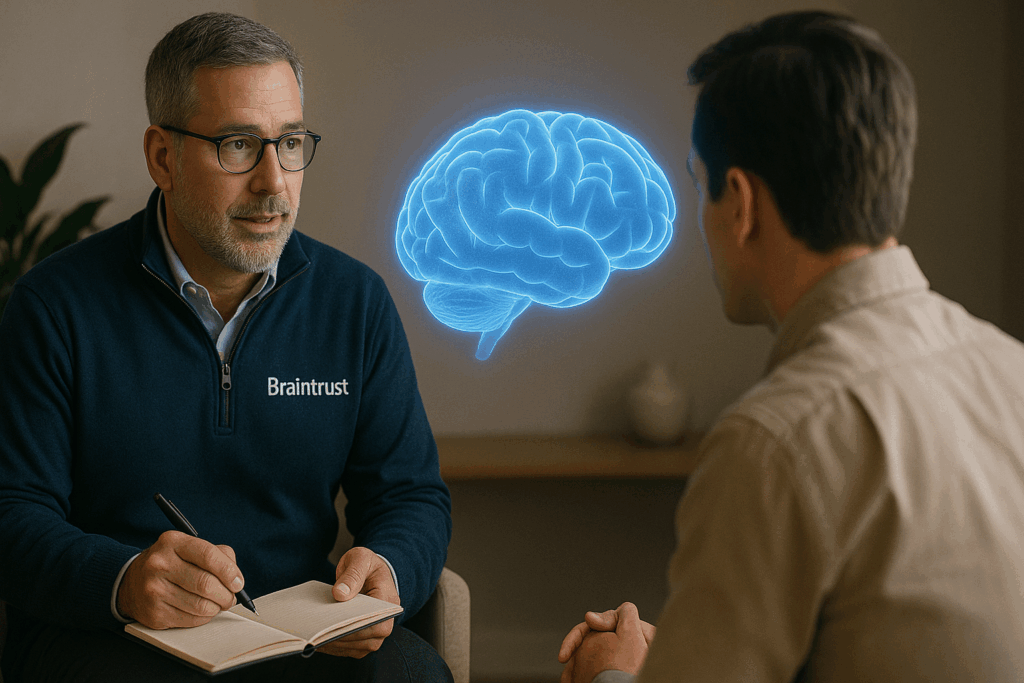Effectiveness in promoting pharmaceutical products is a crucial focus for marketing and sales leaders in the life science industry. A quick search on Google yielded over 92 million potential sources of information on this topic. Here are key insights and factors I found during my research:
- Relevance: Messages must address the specific needs, concerns, and interests of the target audience, which includes healthcare professionals, patients, and sometimes the general public. Understanding their challenges and motivations is key to crafting impactful messages. If a pharmaceutical representative is not solving a problem or assisting a customer in achieving a key goal then it is unlikely the customer will do anything different relative to what they are currently doing versus what the representative is trying to get the customer to do.
- Clarity: Messages should be clear, concise, and easily understood without relying on complex medical terminology.
- Credibility: Backing messages with scientific evidence, clinical data, and reliable sources is crucial to establishing trust and credibility.
- Differentiation: Highlighting the unique benefits and features of a pharmaceutical product compared to competitors can make messages more compelling.
- Emotional Appeal: Connecting on an emotional level through patient stories or experiences can significantly enhance message effectiveness.
Despite these critical factors, many sales training teams overlook training on emotional communication with healthcare providers. Leaders often lack awareness of how the brain makes decisions or processes information related to trust and connection.
Instead of focusing primarily on clinical information like disease states and trial data, there is an opportunity to train sales representatives on impactful communication methods. This could lead to better outcomes and customer relationships.
Call to Action: Messages should include a clear call to action, guiding the audience on the next steps, such as prescribing medication, seeking more information, or visiting a website.
Key Strategies:
- Multi-Channel Marketing: Utilize various channels like medical journals, digital platforms, and social media to reach diverse segments of the target audience.
- Targeted Messaging: Tailor messages to specific healthcare professionals or patient groups based on their specialties and demographics.
- Educational Content: Approved Promotional Programming (Peer to Peer): Provide valuable educational resources that empower healthcare professionals to make informed decisions and help patients manage their health effectively.
- KOL Engagement: Engage Key Opinion Leaders (KOLs) and influencers in the medical field to endorse the product and share their experiences and insights.
All of the key factors and strategies are very important, however, there is an opportunity for both Learning/Development and Sales leaders to reinvent the methods their field teams use to communicate utilizing cutting-edge sales training. We ask our sales professionals to change the way they communicate with their customers, be more impactful, and have better outcomes but we have yet to give them a reason to do so. We want our customers to change. We want our sales professionals to influence that change, and so we need to give our sales professionals a new method to accomplish this.
To learn more, go to: https://braintrustgrowth.com/neurosellingprogram/





